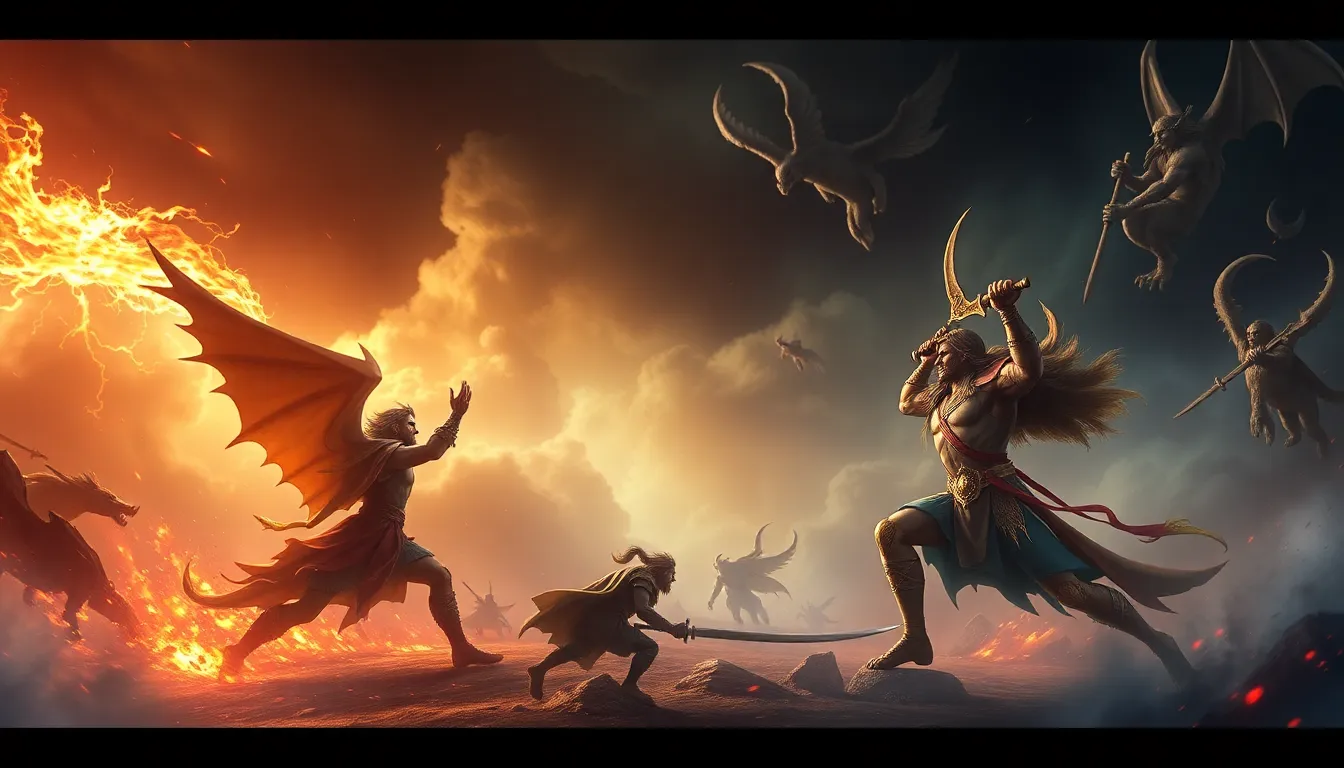The Role of Festivals and Rituals in Norse Mythology
Norse mythology is rich with intricate tales of gods, giants, and mystical creatures that have fascinated people for centuries. Central to this captivating lore are the festivals and rituals that played a significant role in the lives of the ancient Norse people.
Festivals in Norse Mythology
The Norse calendar was dotted with various festivals that were not only a time of celebration but also held deep religious and cultural significance. One of the most well-known festivals was Yule, a midwinter celebration that marked the rebirth of the sun and the end of the darkest days. It was a time of feasting, honoring the spirits of the land, and looking forward to the return of light and growth.
Another important festival was Midsummer, known as Litha, which celebrated the summer solstice. People would gather to revel in the long days, partake in elaborate ceremonies, and pay homage to the powers of the sun and fertility.
Rituals in Norse Mythology
Rituals were integral to Norse religious practices and were conducted during various occasions such as births, weddings, and funerals. One of the most significant rituals was the Blót, a ceremonial sacrifice offered to the gods to honor and gain their favor. Animals, typically goats or boars, were sacrificed, and the blood was sprinkled on the altars and participants to establish a sacred bond between the divine and mortal realms.
Another essential ritual was the Sumbel, a drinking ceremony where participants would toast to the gods, ancestors, and each other. It was a way to strengthen bonds within the community and establish connections with the spiritual forces that guided their lives.
Significance of Festivals and Rituals
These festivals and rituals were not mere observances but pillars that upheld the Norse worldview and interconnected them with the spiritual realms. They served to reinforce cultural values, strengthen community ties, and maintain harmony with the natural cycles of the universe.
Additionally, festivals and rituals in Norse mythology provided a means for individuals to express their devotion, seek divine guidance, and commemorate significant events in their lives. Through these sacred practices, the Norse people found meaning, solace, and a sense of belonging in a world steeped in mystery and magic.
In conclusion, festivals and rituals in Norse mythology were essential components of religious expression, cultural identity, and communal bonding. They embodied the enduring connections between the divine, the natural world, and humanity, shaping beliefs, values, and practices that continue to resonate through the annals of time.
FAQs about The Role of Festivals and Rituals in Norse Mythology
What are some important festivals in Norse Mythology?
In Norse Mythology, some important festivals include Yule, a winter solstice celebration, and Midsummer, which honors the longest day of the year. Other festivals include Þorrablót, dedicated to the Norse god Thor, and Álfablót, a ritual to honor the spirits or elves.
How did festivals contribute to Norse Mythology?
Festivals played a significant role in Norse Mythology by connecting the Norse people with their gods and goddesses, fostering community bonds, and honoring the cycles of nature. These celebrations often involved feasting, storytelling, and rituals to appease deities and ensure prosperity.
What were the common rituals practiced in Norse Mythology?
Common rituals in Norse Mythology included Blóts (sacrificial offerings), Seiðr (magical practices), and Sumbl (ritual toasting). Blóts involved offerings of food or animals to the gods for protection and blessings, while Seiðr involved shamanistic practices for divination. Sumbl was a ritual where participants drank to honor deities or ancestors.
How do festivals and rituals reflect Norse beliefs and values?
Festivals and rituals in Norse Mythology reflected the Norse beliefs in honoring their gods


